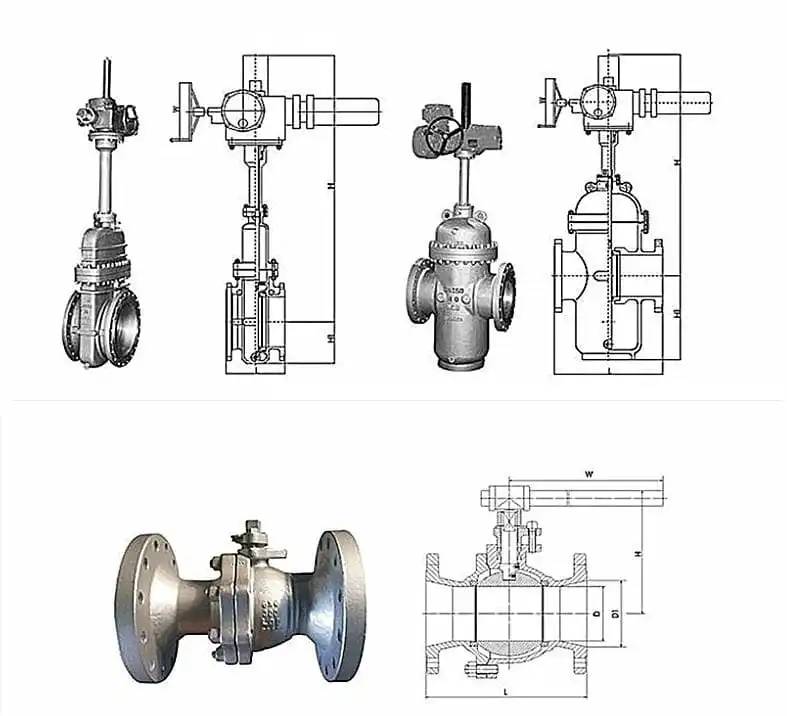On the other hand, a reduce port valve is a valve that closes the flow of a component. The flow area of the opening of the closure element is smaller than the area of the line mirror. For example, the onset of a linear globe valve or the sleeve passage of a plug valve has the same flow area as the valve inlet and outlet endoscopes. This throttling allows the valve to produce a pressure drop when the stream passes through the closure element, allowing some of the pressure to recover when the stream passes through the throttling zone. The main purpose of the reduce port valve is to control the flow by reducing the flow or by intercepting the flow. It is equivalent to adjusting the closing element so that the valve provides a different flow rate at a certain opening.

